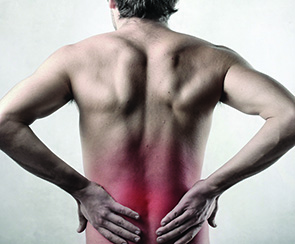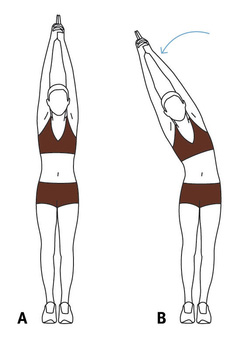
July 2014 plays host to National Pain Week in Australia. With that in mind, this month’s newsletter will focus on the topic of spinal pain.
How widespread is this condition?
Spinal pain is one of society’s most frequent complaints. In 2007, the American Academy of Family Physicians reported that about 9 out of 10 adults experience spinal pain at some point in their life, and 5 out of 10 working adults have spinal pain every year. According to a 2010 study published by the Institute for Health Metrics and Evaluation, spinal pain is the single leading cause of disability worldwide.
What causes spinal pain?
Spinal pain can originate from muscles, nerves, bones, joints or other spinal structures. It can range from dull to sharp, be constant or intermittent, appear localised or travel to other regions of the body. The location, severity and accurate description of the pain can assist your chiropractor in determining its cause.
There are several potential causes of spinal pain. They include muscular strain, spinal misalignment, musculoskeletal injury and disease. Spinal pain can also be referred from other organs in the body. Your chiropractor has received extensive training in the most current methods of determining the different causes of your spinal pain. This accurate diagnosis allows the chiropractor to select the most appropriate treatment methods and techniques.
What is the best treatment for spinal pain?
The Cochrane Collaboration is an international research group that reviews and evaluates studies performed on different health care therapies. They have reviewed all of the available information and research projects worldwide for the past 20 years and concluded that there are three effective treatments for spinal pain:
- Heat therapy
- Acupressure
- Spinal manipulation (CHIROPRACTIC ADJUSTMENTS)
What should you do for spinal pain?
Your first stop should be a visit to your chiropractor. They are trained to examine the spine and ask the right questions to determine what has gone wrong, and what needs to take place in order to repair the condition, restore your body and return your life to normal. Chiropractors are also trained to use the best practices in clinical decision making and can therefore refer you to another practitioner if required.
The scientific research is very clear – chiropractic is safe, effective and reliable. If you or anyone you know is suffering from spinal pain, make the chiropractor your first port of call.
Stretch of the Month
The Standing Side Stretch

Stretching can improve your range of motion, increase circulation, and calm your mind—which may help fend off injuries and illness, as well as bring on a better night’s sleep.
- Stand with your feet together and your arms straight overhead. Clasp your hands together, with your fingers interlaced and pointer fingers extended. Inhale as you reach upward.
- Breathe out as you bend your upper body to the right. Take five slow breaths. Slowly return to the centre.
- Repeat on the left side.
Towards Wellness
Honey
Honey is popularly known as a sweetener, but many do not know that it also contains nutritional and medical qualities praised by none other than Hippocrates, the father of medicine.
According to a Swiss study that discussed the nutritional value of honey, honey is rich in carbohydrates but has a low glycemic index (GI). Foods with low GI release glucose into the blood slowly and steadily; high GI foods cause blood sugar to spike. High GI foods are not suitable for diabetics; but those after a workout or are experiencing hypoglycemia will benefit from its ability to give immediate energy.
Honey contains the following trace minerals: potassium, magnesium, calcium, sodium, chloride, sulfur, iron, copper, iodine and zinc which although marginal, may contribute to the recommended daily intake requirements. It contains choline, a B-vitamin essential for brain and cardiovascular functions and cellular membrane composition.

